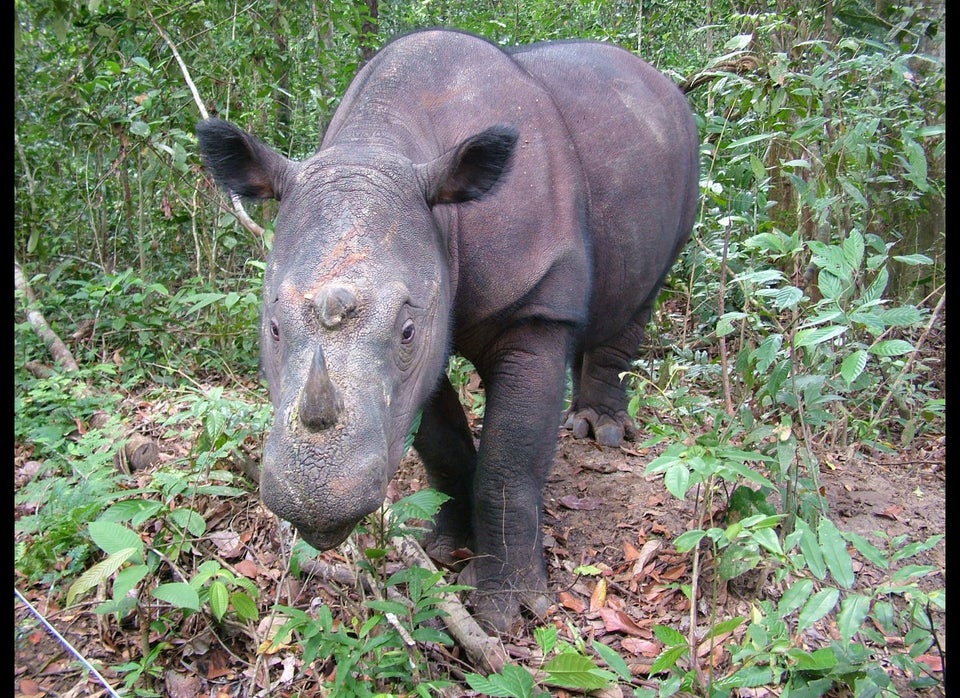SALMON, Idaho, Nov 28 (Reuters) - The federal government on Wednesday unveiled its final habitat protection plan for the last U.S. woodland caribou, popularly known as wild reindeer, reducing the amount of land to be set aside for the endangered animal by more than 90 percent.
The U.S. Fish and Wildlife Service had proposed designating 375,000 acres (152,000 hectares) of old-growth forests in northern Idaho and northeastern Washington state as critical habitat for the caribou, restricting commercial development and other human activities there.
But the final designation, which goes into effect on Dec. 28, scales back that designation to 30,000 acres (12,000 hectares). Just 27 woodland caribou are known to exist in the Selkirk Mountains, which straddle the U.S.-Canadian border, but only four were counted this winter on the U.S. side.
The Selkirk reindeer, close cousins of the caribou that inhabit Alaska, were first listed as an endangered species in the 1980s.
The reduction from the original critical habitat proposal came after Idaho's Republican leaders and groups promoting the use of public lands for motorized recreation and commercial operations objected to protections they said would limit such activities as logging, hunting and snowmobiling.
Bryon Holt, a wildlife biologist for the Fish and Wildlife Service, said the agency's downsizing was based on a revised estimate of occupied habitat by a much reduced herd.
It is unknown how many of the reclusive woodland mammals once inhabited the high country of Idaho, Washington and British Columbia, but their numbers had dwindled to 30 when they were formally added to the federal endangered species list in 1984.
Unlike other types of caribou, some of which live in Alaska, the Selkirk herd inhabits elevations above 4,000 feet and rely on old-growth forests for lichen, a chief source of food, and protection from predators.
The greatest threat to survival of the animal is fragmentation of its territory by logging, wildfires, road-building and recreation trails, according to the Fish and Wildlife Service. (Reporting by Laura Zuckerman; Editing by Steve Gorman and Stacey Joyce)

